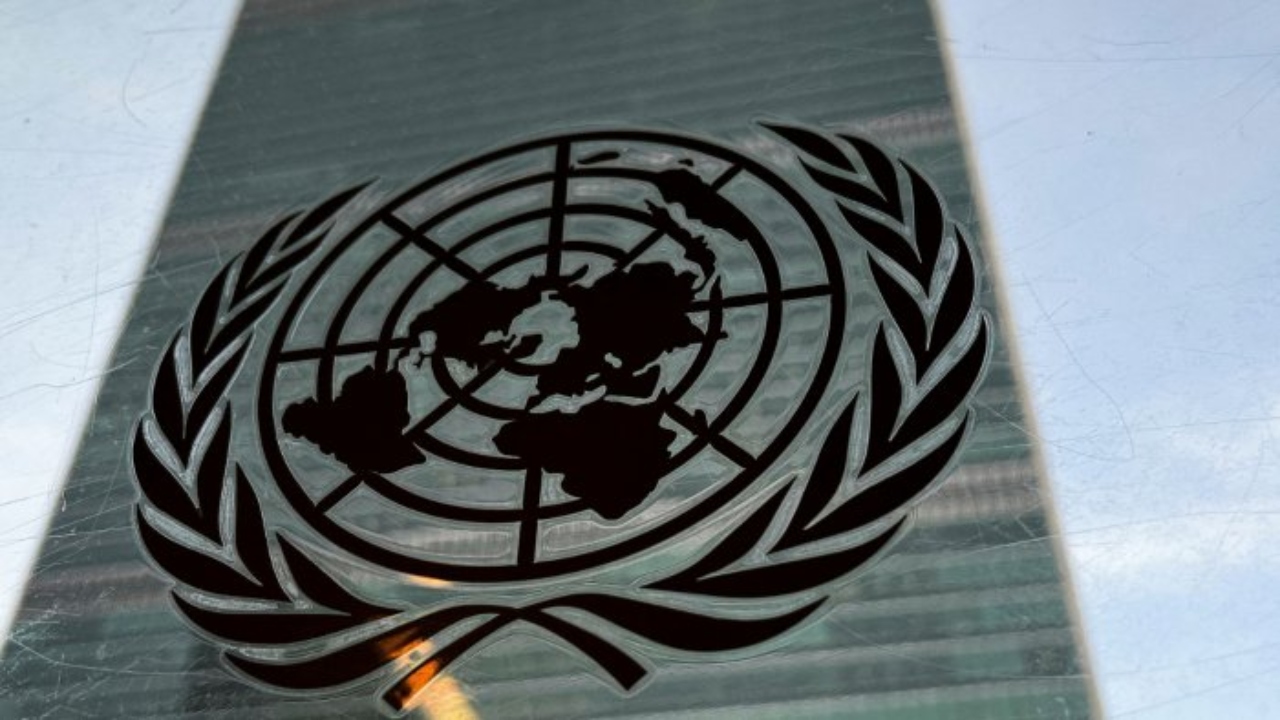Commodities
UN climate talks in Germany kick off with no final agenda

United Nations climate talks in Germany kicked off on Monday without an agreed final agenda for technical discussions, a senior negotiator said, clouding optimism that the 10-day meeting would result in a clear programme for the COP28 conference in Dubai.
The Bonn Climate Change Conference, designed to prepare decisions for adoption at COP28 in the United Arab Emirates, is seen as a mid-way check for how ambitious international climate talks will take shape at COP28 in December.
Despite months of discussions since the previous COP27 in Egypt, there was no agreement on adopting the agendas proposed by the COP permanent subsidiary bodies for the Bonn conference, Nabeel Munir, chair of UN Subsidiary Body for Implementation (SBI), said at the opening of the talks.
“What we experienced today … with the non-adoption of the agenda, it’s not desirable, but it’s not uncommon in a party driven process,” Simon Stiell, executive secretary of the UN Framework Convention on Climate Change (UNFCCC), told a news conference on Monday.
Stiell said the December conference could be the most significant one on climate change since Paris as it provides the world an opportunity to get on track to meeting the 2015 Paris climate protection commitments.
Making as much progress as possible in Bonn in the coming 10 days is important as the conference, with 200 countries’ representatives, sets the technical groundwork for the political decisions required in Dubai later this year, Stiell added.
Tom Evans, a policy adviser at independent climate think tank E3G, said the main issue was whether to have an agenda item on climate change mitigation in the Bonn conference, which the European Union had proposed, posing the question of fossil fuels phaseout.
“It’s a bit of a warm up to some of the tension around this question that we could see at COP 28,” he added.
At last year’s climate summit in Egypt, over 80 countries including the EU and small island nations agreed to include language in the final outcome calling for a phase down of all fossil fuels. Countries including Saudi Arabia and China urged Egypt not to include that language in the final text.
Asked whether Stiell would push COP28 president designate Sultan al-Jaber to put fossil fuel phaseout on the Dubai conference agenda, he said, “I’m not there to tell him anything.”
But he said the secretary’s position was clear that halving emissions by 2030 and reaching net zero by 2050 required a deep cut and phasing out or down of all fossil fuel, Stiell added.
The Bonn conference will witness talks on climate change policy issues including the so-called global stocktake at COP28, or a review of countries’ collective progress every five years, in the first such procedure since the Paris Agreement in 2015.
Commodities
Oil prices rise; U.S. crude inventories plunge, Russia-Ukraine truce eyed
Commodities
India’s Reliance to stop buying Venezuelan oil over US tariffs, sources say
Commodities
Oil prices climb on Venezuela supply worries

 Forex3 years ago
Forex3 years agoForex Today: the dollar is gaining strength amid gloomy sentiment at the start of the Fed’s week

 Forex3 years ago
Forex3 years agoUnbiased review of Pocket Option broker

 Forex3 years ago
Forex3 years agoDollar to pound sterling exchange rate today: Pound plummeted to its lowest since 1985

 Forex3 years ago
Forex3 years agoHow is the Australian dollar doing today?

 Cryptocurrency3 years ago
Cryptocurrency3 years agoWhat happened in the crypto market – current events today

 World3 years ago
World3 years agoWhy are modern video games an art form?

 Commodities3 years ago
Commodities3 years agoCopper continues to fall in price on expectations of lower demand in China

 Economy3 years ago
Economy3 years agoCrude oil tankers double in price due to EU anti-Russian sanctions























